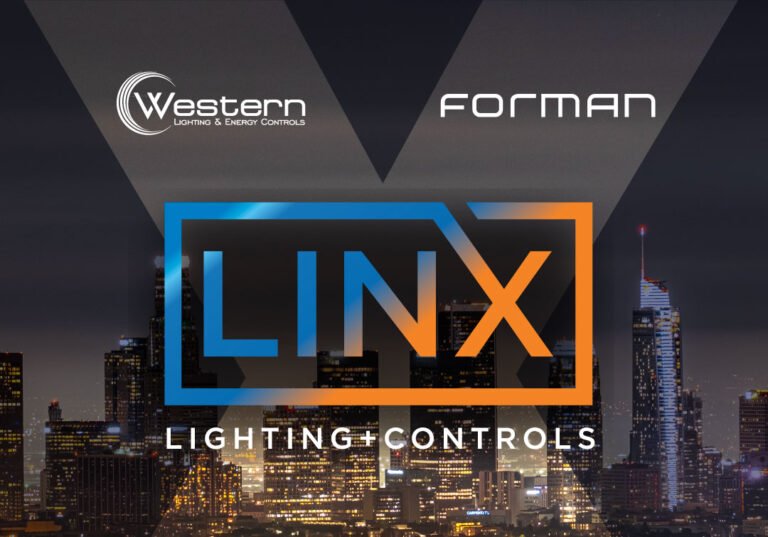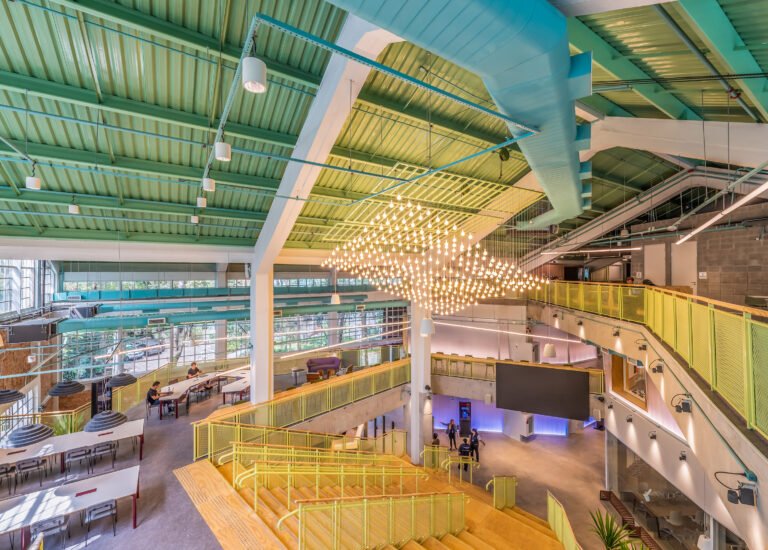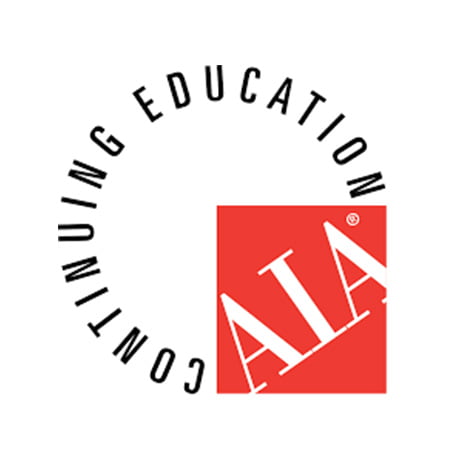The Importance of Lighting and Controls in Healthcare Facilities
When it comes to healthcare facilities, there is more to consider than just illuminating a patient room. These facilities can include emergency rooms, lobbies for visitors, offices for staff, even accommodations for assisted living, and those are only a few examples of what could make up these facilities. The lighting needs for each of these spaces is as unique as their functions and can include simple or complex solutions like implementing circadian rhythm lighting cycle.
The role lighting and controls play in healthcare facilities is far more complex than you might think. Get your notebook ready, because today, we’re diving into the world of lighting controls in healthcare and why it is so important.
Lighting & Circadian Rhythm

Light has always played a key role in our health and well-being; it’s a source of vitamin D, helps our eyesight in darkness, is the main source of energy…you get the idea. But with so many people moving to spending more time in doors, what affect does a lack of the right light play on our daily lives? The science-y answer is to look at the impact our circadian rhythm. This is the 24hr cycle of lighting that will impact one’s physical, mental and behavioral changes. Since we aren’t scientists either, let’s take a page from Lutron and refer to the cycle as Human Centric Lighting.
In an article by The Lighting Practice, Lillian Knoerzer writes that “circadian lighting works alongside the natural human clock, and using light to influence the human circadian rhythm is the newest place of opportunity.” Choosing the right lighting for a space means that it can improve one’s sleep patterns, productivity, mental health, and more.
When it comes to healthcare facilities, choosing the right lighting can no longer be considered an afterthought. With experts estimating the global market growth could rise to $10.89B by 2026, now is the time to dive in and get an understanding of the options available!
But what exactly should be considered when looking at lighting for healthcare facilities? In a Market Focus article by Carol Katarsky, Tom Meyers, senior manager of corporate accounts at Lutron Electronics explained “Buyers at hospitals focus on three things: enhancing the patient/family experience, promoting the comfort and safety of the staff, and reducing energy costs and consumption.” With these goals in mind, let’s find out how to best find solutions.
Lighting for the Patient Experience

Giving personal control of the lighting can positively affect a patient’s well-being by enhancing the experience for patients and families. This control can include not just the electric lights in the room but also the access to sunlight. This means that we are looking at two main factors: dynamic lighting and patient control. When it comes to dynamic lighting, we’re returning to the human centric lighting, working alongside an individual’s internal clock to create a relaxing environment. Lutron’s dynamic lighting controls focus exactly on that, stating their lighting control systems “can use dynamic lighting, as well as dimming and daylight management; to either automatically or manually adjust the color of the LED light to create the perfect environment for any indoor space.”

Studies show that utilizing proper lighting while designing a patient space is one of the biggest factors in creating a positive impact for that patient and their family. In addition to lighting, window treatments like Sivoia QS can help keep the patient comfortable by blocking out heat and glare while offering outside views.

But this is only one part you would need to accomplish for impactful lighting in a healthcare space. When helping patients and their families, staff also need the perfect lighting to help them succeed at their job.
Lighting for Staff & Operations
Remember we initially said that a healthcare facility was more than just a hospital room. Different spaces need different requirements; common rooms that are meant to be relaxing and energy-saving, surgical rooms that allow custom programming and control, office spaces that allow balanced daylight, even lighting for a parking space within the facilities matters.
This is where Lutron comes in again with what is called “use-cases.”

Use-cases allow lighting solutions to be utilized in different parts of a facility or room. Group spaces can have similar uses, meaning that lighting is much more streamlined in similar areas rather than being limited to just one. Additionally, Lutron’s seeTouch technology can integrate with the programmed lighting controls, meaning that individuals could have their own preference on various aspects of that space’s light.
Now, preference and operations aside, one of the biggest challenges healthcare facilities have when it comes to lighting is not only the different types for each space but the energy and cost they accumulate. In the same Market Focus article, Katarsky writes “hospitals are some of the most energy-intensive facilities,” and that “healthcare buyers are open to solutions that reduce energy costs.” This opens immense opportunities for electrical engineers when working with healthcare facilities, attempting to create solutions that are both energy-saving and cost-effective.
Let’s finish up this look at healthcare lighting with how it can help on the technical side.
Lighting for Staff & Operations
Choosing the right technology for your space and budget tends to be the first step when working on a design, and not surprisingly, it also tends to be a challenge. How can you find that happy medium between lighting that is high-quality, while also being affordable and energy-saving?
One answer comes from Lutron’s Tom Meyers, who brings up “overnight renovations” in the Market Focus article. Overnight renovations are smaller projects that can include the staples of lighting design, including dimmer, occupancy controls, daylight sensors, and more that make use of the existing light. This is not only energy-efficient but can also be run by the patients themselves, allowing personalization without having the lights at full power and only using lights in occupied spaces, meaning fewer costs. Using software that can work alongside all aspects of the space is also a helpful addition to cost and energy saving. Vive by Lutron is an example of this, a wireless lighting control that is easy to specify, install, and update, with a Hub that offers seamless integration.

In the end, lighting in healthcare facilities is critical and should not be overlooked when working on the space. Understanding that the well-being of patients, staff, and visitors is the most important aspect, it is recommended to work with lighting experts to help design the right lighting while following the necessary Title24 Codes. One cannot forget that you are not lighting for just a space, but the people in that space, from the patients to the staff, and even the visitors.
Read about Lutron and their solutions in healthcare here, and learn more about their services here.
Thanks for reading, and stay tuned for next month’s blog post!
About Western Lighting and Energy Controls
Western Lighting and Energy Controls is one of the leading Lighting, Controls, and Energy Management manufacturers’ representative agency in Southern California.
In business for over two decades, Western Lighting and Energy Controls offers an unparalleled level of service and support through dedicated teams. These teams work to ensure that project requirements and unique business needs are delivered on time and within budget. With its uniquely proactive approach, Western can serve customers in a way that achieves maximum growth and success. Western Lighting and Energy Controls has been an employee-owned company through an Employee Stock Ownership Plan (ESOP) Trust since 2019. To learn more about Western Lighting and Energy Controls, visit www.westernlightingandenergycontrols.com.
For more information, contact us here at Western Lighting and Energy Controls
We’re on social media!
Get all the Western LEC news, updates, and more on your favorite channel:




